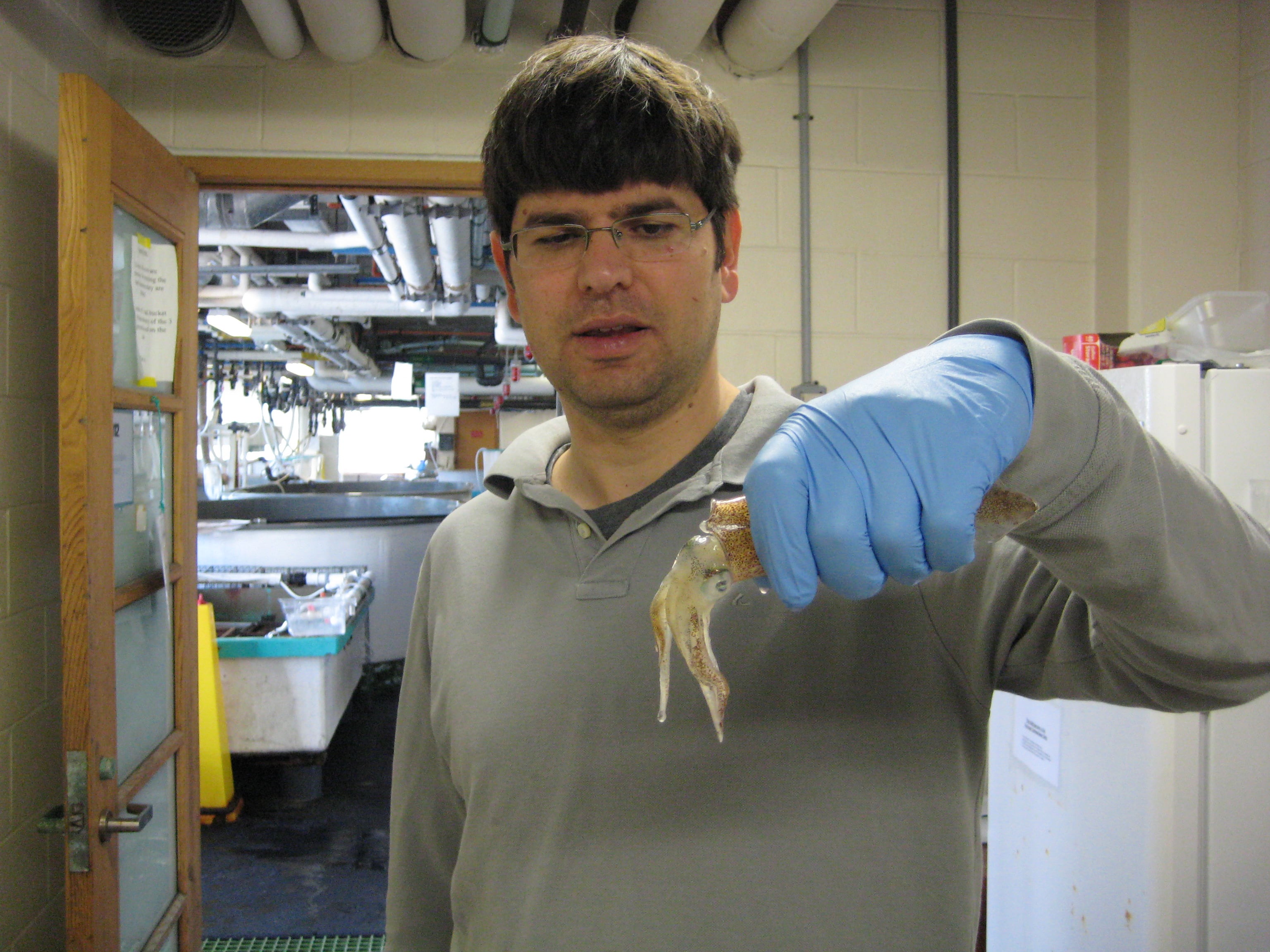Military researchers have conducted tests to see which aircraft is best suited to transport virus-laden passengers in the midst of the coronavirus pandemic.
The acting director of the Defense Advanced Research Projects Agency today touted many programs that the agency has had running or completed since at least 2008 to combat viruses and pandemics, primarily for military personnel, especially deployed troops.
And while much of that research has transferred to other government agencies such as the National Institute of Health, the Centers for Disease Control and Prevention, or to private business to continue the work, the recent aircraft study is already with a key command: U.S. Transportation Command.
RELATED

DARPA Acting Director Peter Highnman spoke on a call today with reporters as part of an ongoing media project, the Defense Writers Group, supported by George Washington University’s Project for Media and National Security.
Highnman mentioned the Air Force testing, which was conducted in April, amid other past and ongoing projects that the agency works related to virus and pandemic response and prevention.
DARPA spokesman Jared Adams told Military Times in an email response that the testing looked at six aircraft: C-17, KC-135, C-130J, C-5, KC-46 and KC-10.
The best airplane to ride in if you’re fellow passengers are carrying a deadly pandemic-inducing virus? The KC-10.
“DARPA concluded that the aircraft with the most favorable airflow circulation was the KC-10, which provided complete protection to the front compartments through the use of directed airflow and smoke barriers,” Adams wrote in an email response.
The work measured the flow of coronavirus-sized particles in various aircraft to determine risk factors for those platforms and best use of those aircraft should they be needed for virus-laden transport.
But no actual coronavirus was used in the testing, of course.
“The testing involved releasing and measuring test aerosols (of similar aerodynamic diameter to aerosolized coronavirus,” Adams said in the email response.
The tests also contained “specifically-designed DNA fragments so that collected samples could be analyzed,” he wrote.
The data that the DARPA project collected has been sent to TRANSCOM for further testing, whose officials could not be reached for an immediate response Thursday.
The air flow testing is just one of a group of projects both past and present that DARPA has been working on involving viruses and pandemics.
The ongoing Pandemic Prevention Program, Highnman said, was started out of a military need to be able to send personnel anywhere in the world at any time.
There may be pathogens when those troops arrive. The work of the program is how to detect the pathogens and quickly find a vaccine or prophylaxis to protect the troops.
Now that’s being turned to for help in combating the virus here in the United States, he said.
Those have been in the works since 2012 to 2013, he said.
Scientists in other government agencies and universities, such as Vanderbilt University ,are using CRISPR, a genetic editing tool, primarily for detection of the virus. Other epigenetic, or large-scale genetic analysis, are used for sensitive and specific detection, showing promise in finding early and “potentially asymptomatic individuals,” the director said.
But, he added, DARPA isn’t the institution doing hands-on lab work. They’re partnering with those previously mentioned groups and then handing off the research to get the tactile parts moving such as tests, vaccines and deployment methods.
When COVID-19 first began to hit the headlines, DARPA was looking into its own past virus work to see how it might aid in responses to the eventual pandemic as early as December.
The virus hit in force here in March.
Members with DARPA teams were some of the first to take blood samples from returning U.S. citizens who’d been infected or exposed to the virus, Highnman said.
In April, Amy Jenkins, program manager in the agency’s Biological Technologies Office told Military Times sister publication C4ISRNET that they had early work starting on the virus.
“This outbreak was very much on our radar in December when we were just getting initial reports from China that there was a novel pneumonia unrelated to influenza occurring,” Jenkins. “We made the decision as a program to start investigating this once we had the first U.S. case.”
DARPA researchers pulled together past methods to trace connections between COVID-19 and the SARS virus. Also, a respiratory-exhibiting virus, it killed 800 people between 2002-2004.
Some of that past work helped develop nucleic acid vaccines, Highnman said. Those use a person’s body to create antibodies for the immune response.
As the aircraft testing was happening back in April, DARPA announced a new program called ADAPTER, Advanced Acclimation and Protection tool for Environmental Readiness. The program’s goal is to build a “travel adaptor” to help keep deploying troops and others fight back some of travel’s less desirable effects.
Those include lack of sleep from changing time zones, and the often troublesome stomach ailments that plague many who venture into other zones.
Todd South has written about crime, courts, government and the military for multiple publications since 2004 and was named a 2014 Pulitzer finalist for a co-written project on witness intimidation. Todd is a Marine veteran of the Iraq War.




